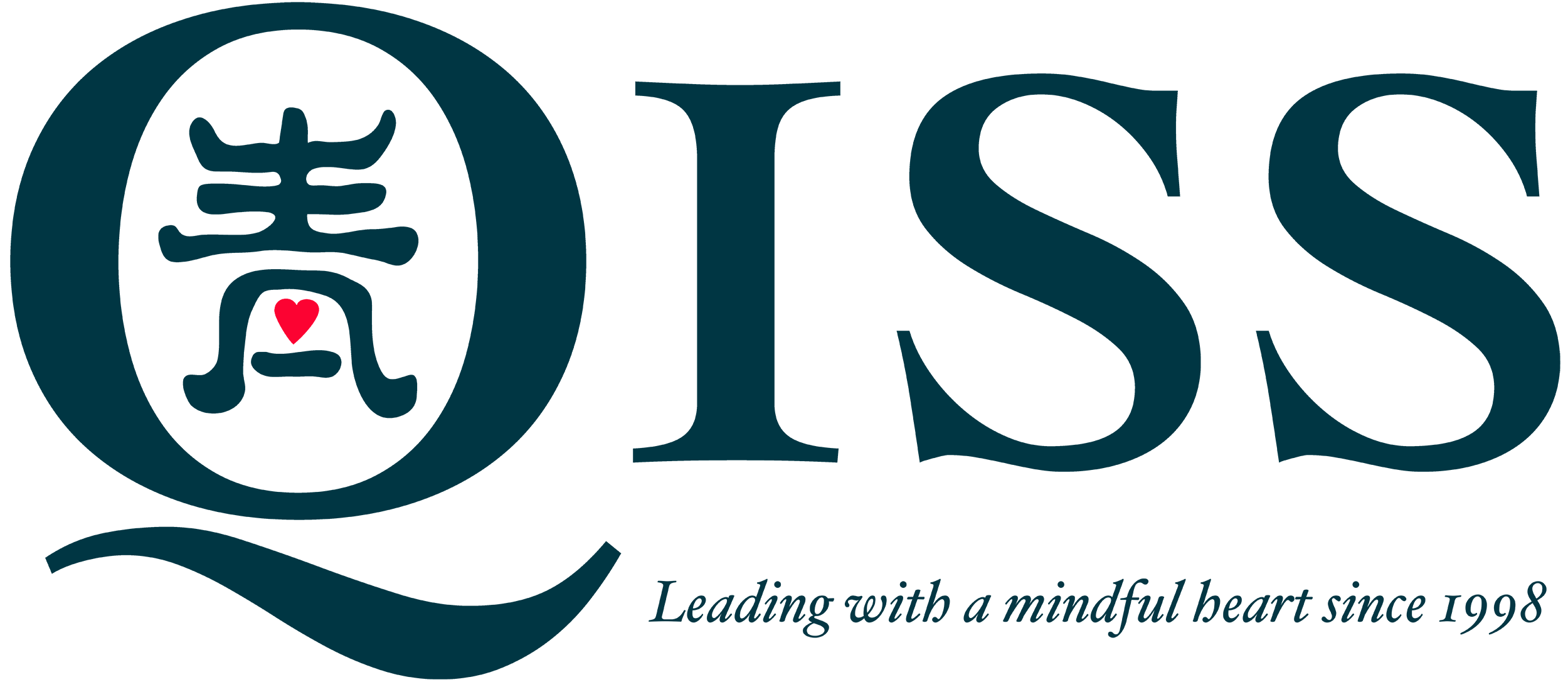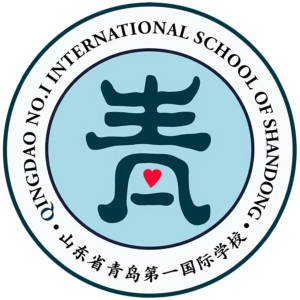CHINESE LANGUAGE & CULTURE
Chinese Language & Culture
Chinese Program Overview
The goal of the QISS Chinese program is to assist students’ progress and interests in the understanding of Chinese culture and language. Students are expected to use Chinese to exchange information and to communicate their ideas. According to the Chinese “entrance” tests, Chinese language classes are divided into different stages, including Chinese for Native Speakers, and Chinese for Non-Native Speakers. The Chinese teachers’ responsibilities and expectations not only require teaching the language but also bridging and experiencing Chinese culture and customs. There are many exciting and entertaining activities in Chinese classes, such as teaching Chinese geography, literature, customs, holidays, Chinese minorities, Chinese art crafts, Chinese traditional food (how to make moon cake and dumplings, etc.), Kung Fu, Chinese calligraphy and so on. We’d like students to engage in the study of various aspects of China.
Chinese for Native Speakers
This is the program designed for native or near native Chinese speakers. At this stage reading and writing skills are strengthened. Extensive reading materials are available for students. Students are expected to develop proficiency and ability to write essays. Students are exposed to Chinese language, culture and traditions through authentic texts.
Chinese for Non-Native Speakers
This is the program designed for students who are not native speakers. According to students Chinese knowledge, there may be one or two classes for non-native speakers.
For one of these classes, students will be exposed to the phonetic symbols and tones from the very beginning. Students are expected to acquire good pronunciation and intonation of Mandarin with on-going reinforcement of Pinyin practice. In order to establish a solid foundation for character learning, the primary focus for beginners is the teaching of radical, character writing and character formation. Simple and independent characters are introduced to students. Most importantly, this class emphasizes on listening and speaking skills. Students are expected to use Chinese for their daily life conversation by the end of this class.
For the other class of these classes, students are provided with various speaking opportunities to use Chinese in real situations. More vocabularies, grammars and sentences structures are reinforced. Students’ learning skills are expected to extend to become independent learners of Chinese. Writing skills are reinforced ad the tasks usually follow a reading text as a model for the students’ own reproduction of Chinese. Students are provided more reading materials to practice and enhance their reading skills.
Chinese Literature (for US Native Speakers)
The Chinese Literature course introduces students to the analysis of Chinese literary texts. Students will have 4 cycles of comprehensive exploration of literature from a variety of literary forms and periods. As they learn to appreciate the artistry of literature, students get to deepen their understanding of Chinese culture and develop the ability to reflect critically on their reading, presenting literary analysis powerfully through both oral and written communication.
Chinese Culture (for US Native Speakers)
Chinese Culture is a full-year course that introduces students to varied aspects of Chinese classic culture such as Chinese historiography, art, philosophy and spiritual ethos. Throughout the course, students get to develop awareness of self-identity and appreciation of more elements of native culture. What’s more, Chinese language skills are acquired and enhanced in the process of exploring historical Chinese culture.
AP Chinese Language and Culture (for HS Students)*
This course consists of two essential aspects: Chinese language and Chinese culture. Because language and culture are so closely intertwined, culture is acquired in the process of learning a language, and language is learned when studying culture. As such, students should try to absorb as much Chinese culture as possible while learning the language. Developing students’ awareness and appreciation of the elements of the culture of Chinese-speaking people is a pervasive theme throughout the AP Chinese language and Culture course. Throughout the course, students also develop necessary knowledge of the Chinese language, including pronunciation, vocabulary, idiomatic expressions, grammatical structures, and written characters.





